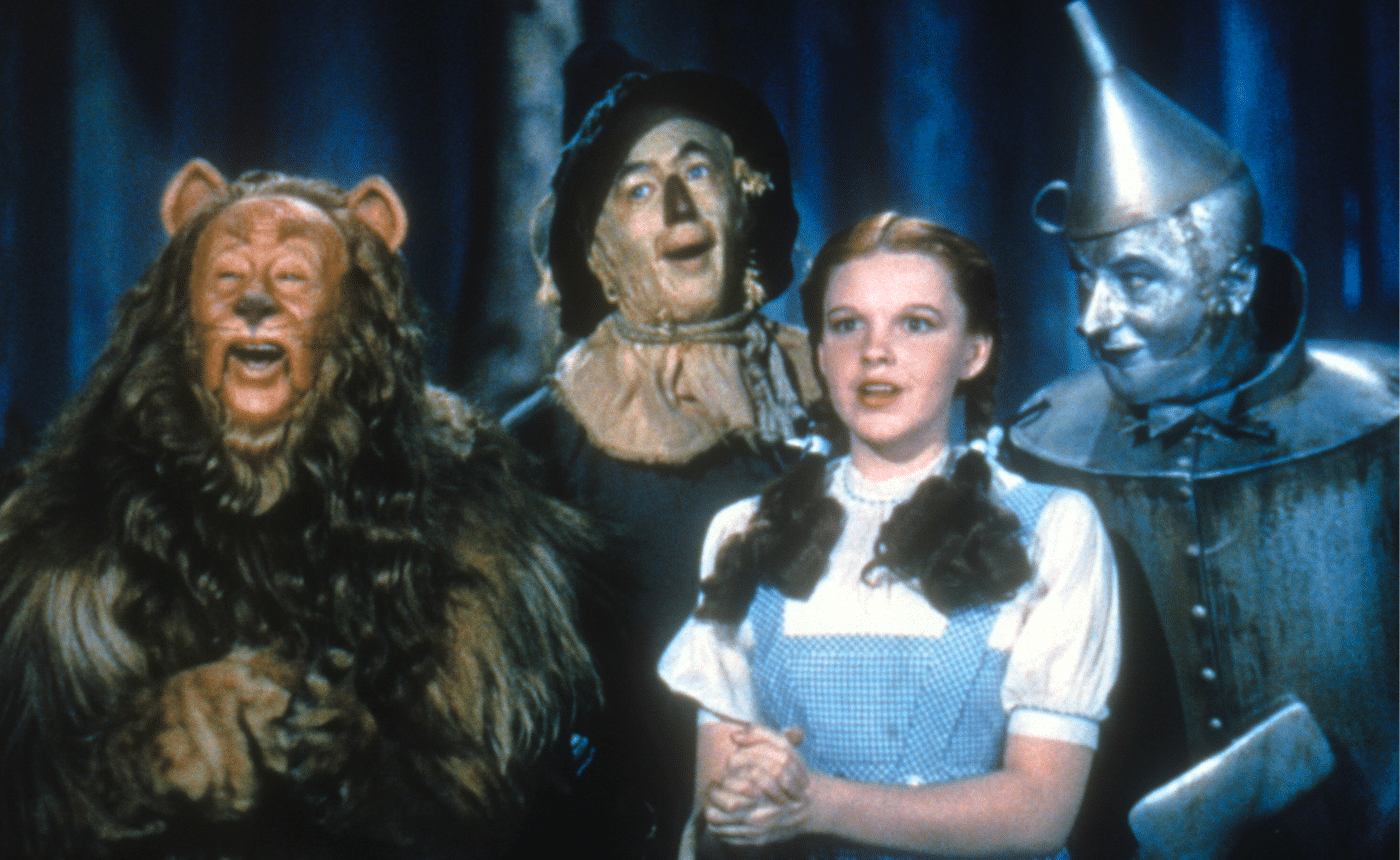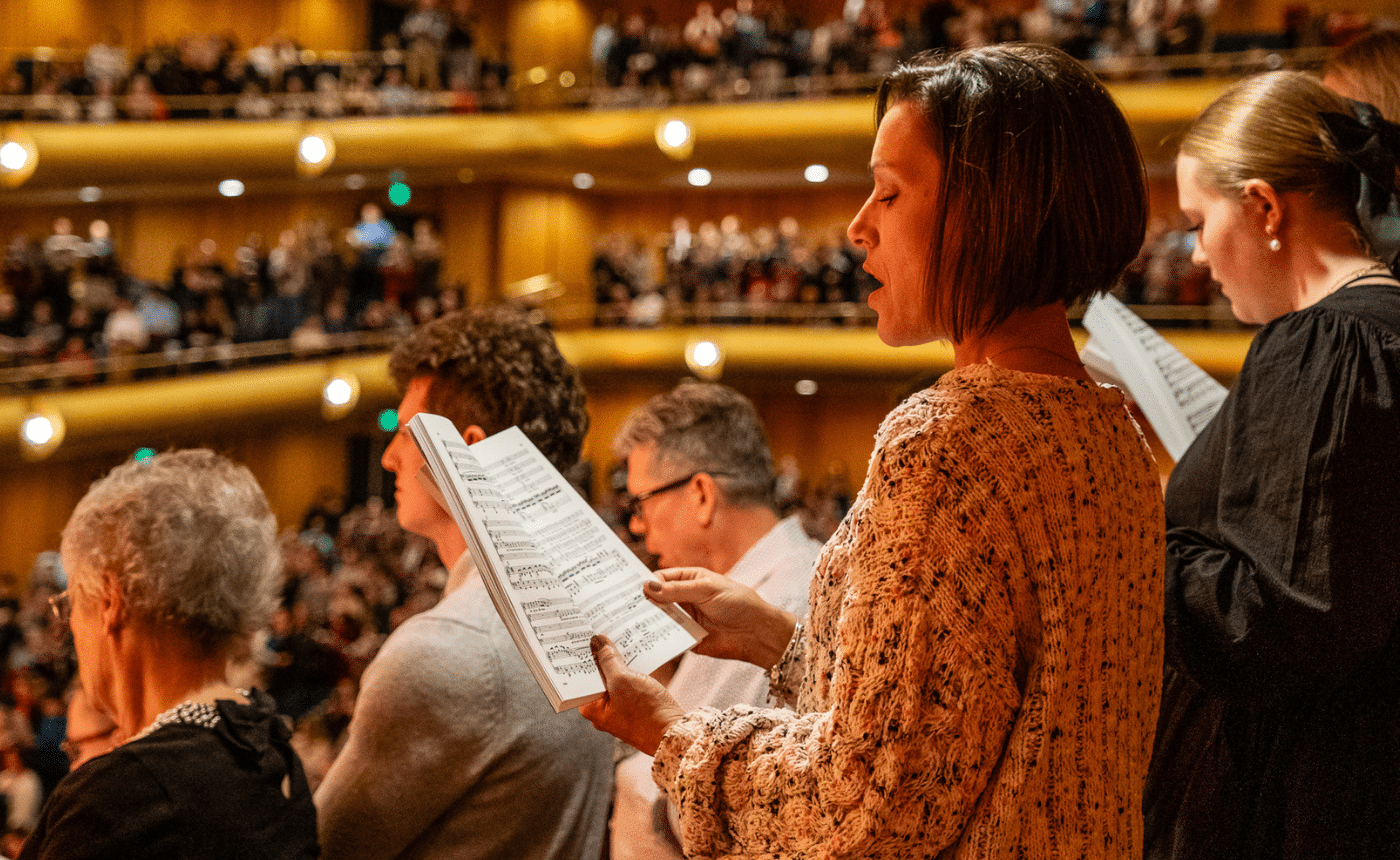APOLINAR CAMACHO: Viva mi patria Bolivia
While cueca’s origins are not clearly defined, it is considered to have mostly European Spanish and arguably indigenous influences. The most widespread version of its origins relates it with the zamacueca which arose in Peru as a variation of Spanish Fandango dancing with criollo. The dance is then thought to have passed to Chile and Bolivia, where its name was shortened and where it continued to evolve. Due to the dance’s popularity in the region, the Peruvian evolution of the zamacueca was nicknamed “la chilena”, “the Chilean”, due to similarities between the dances.
In Bolivia, there are many variations throughout the different regions. Cueca styles of La Paz, Potosí and Sucre are the elegant and static versions, whereas in Cochabamba and Tarija the style is much livelier and free. The same could be said with the music where rhythm and speed slightly differ amongst the regions. While dancing, handkerchiefs are used by both male and female dancers by twirling over the head. It is said the twirling of the handkerchief is a way to lure the woman.
The use of an erotic song form to frame a patriotic song reflects the passionate feelings that ignite Viva mi patria Bolivia. In the Bolivian nation, this song is considered a second national anthem, popular in a way comparable to “My Country, ‘Tis of Thee” in the United States.












